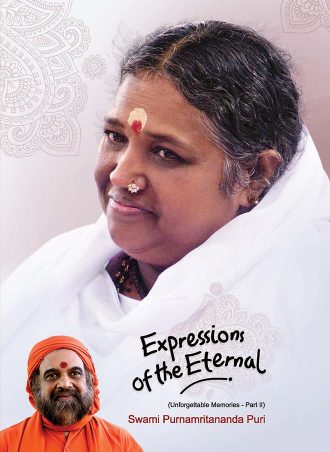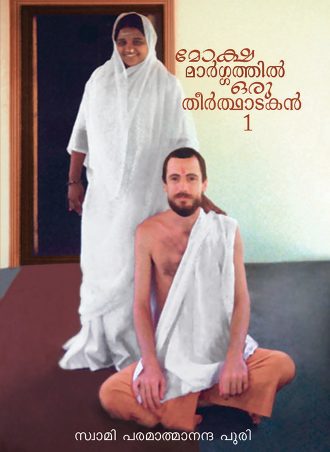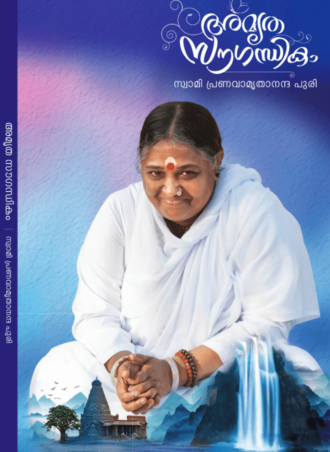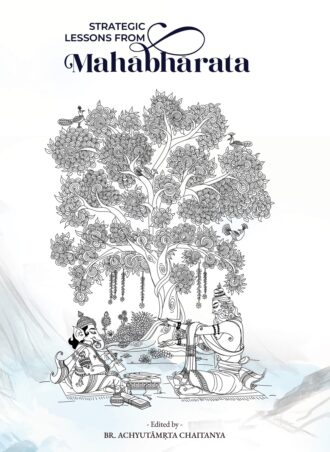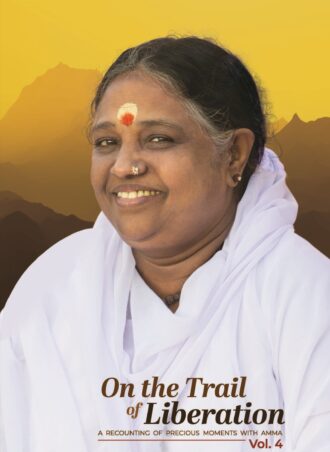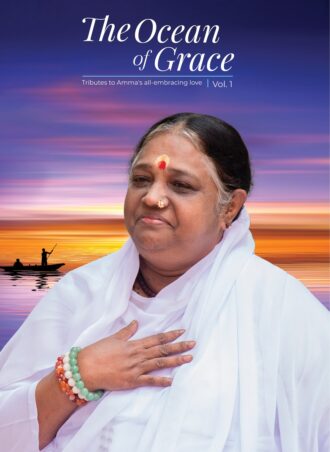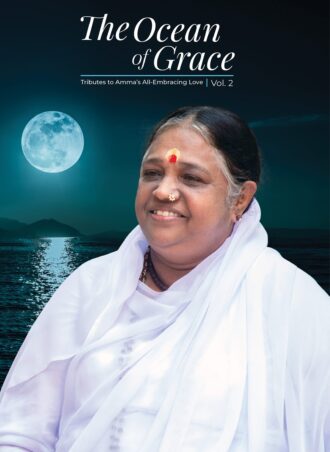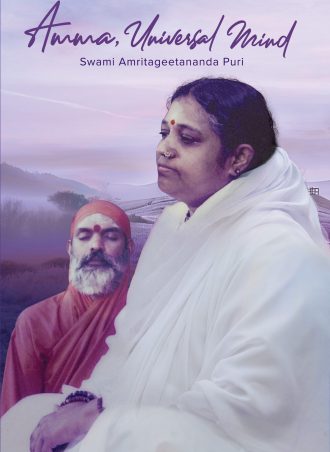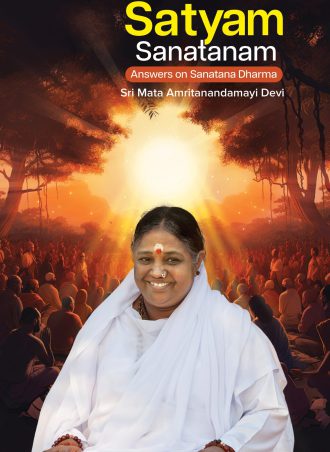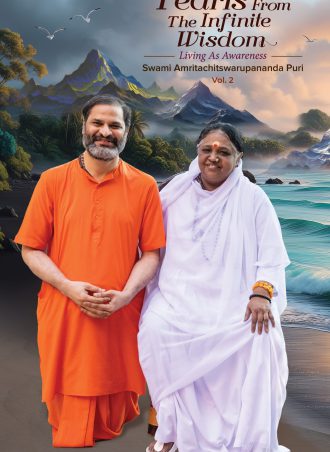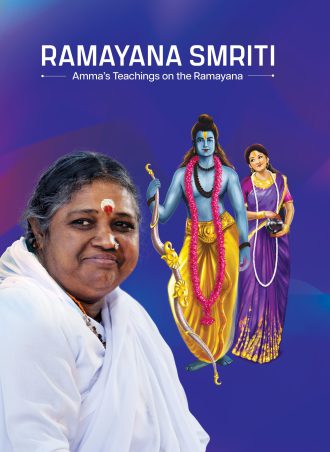-14%
On The Trail Of Liberation Volume – 1
Original price was: ₹210.00.₹180.00Current price is: ₹180.00.
-14%
ആനന്തമീ ആനദ്ധവീഥീകൾ ഭാഗം ഒന്ന് (On The Trail Of Liberation Volume – 1)
Original price was: ₹210.00.₹180.00Current price is: ₹180.00.
-20%
On The Trail Of Liberation Volume – 2
Original price was: ₹225.00.₹180.00Current price is: ₹180.00.
-14%
On The Trail Of Liberation Volume – 3
Original price was: ₹210.00.₹180.00Current price is: ₹180.00.
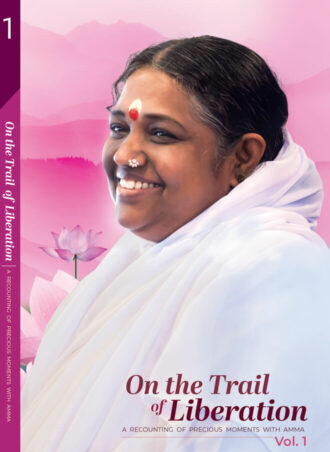
Original price was: ₹210.00.₹180.00Current price is: ₹180.00.
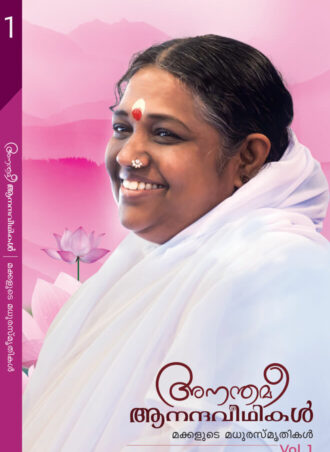
Original price was: ₹210.00.₹180.00Current price is: ₹180.00.
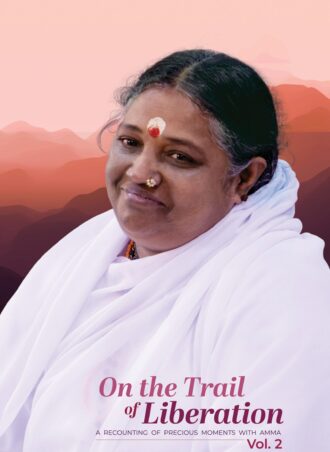
Original price was: ₹225.00.₹180.00Current price is: ₹180.00.
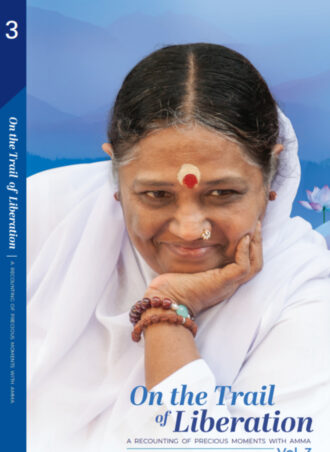
Original price was: ₹210.00.₹180.00Current price is: ₹180.00.


